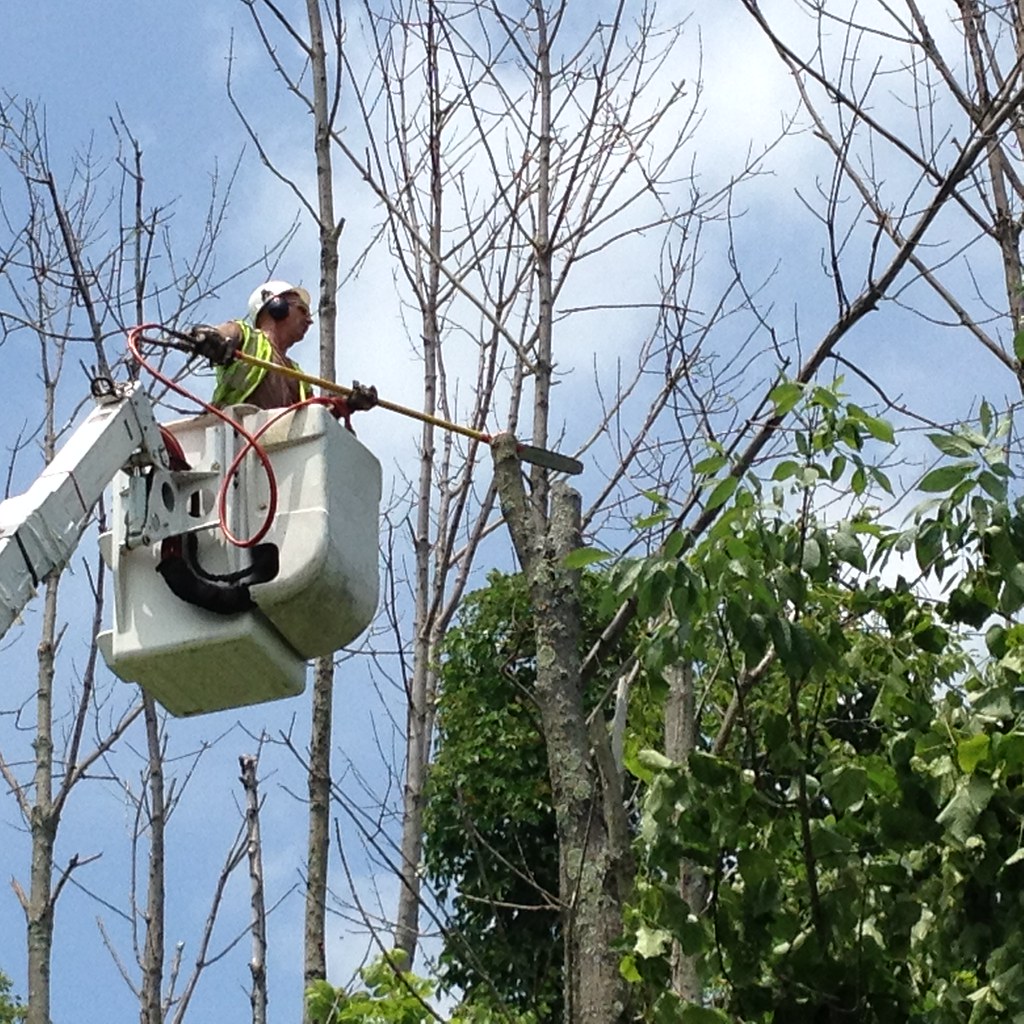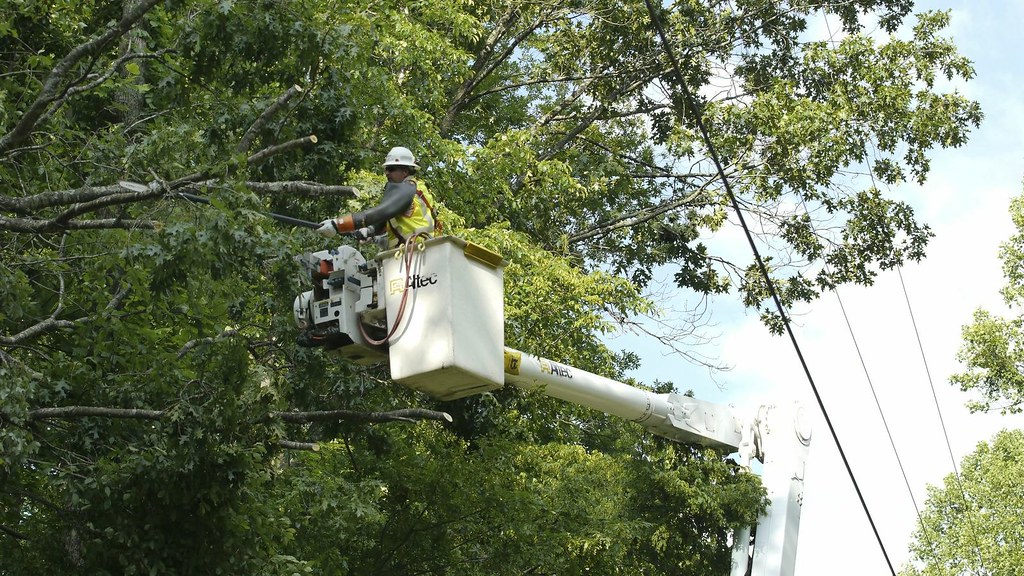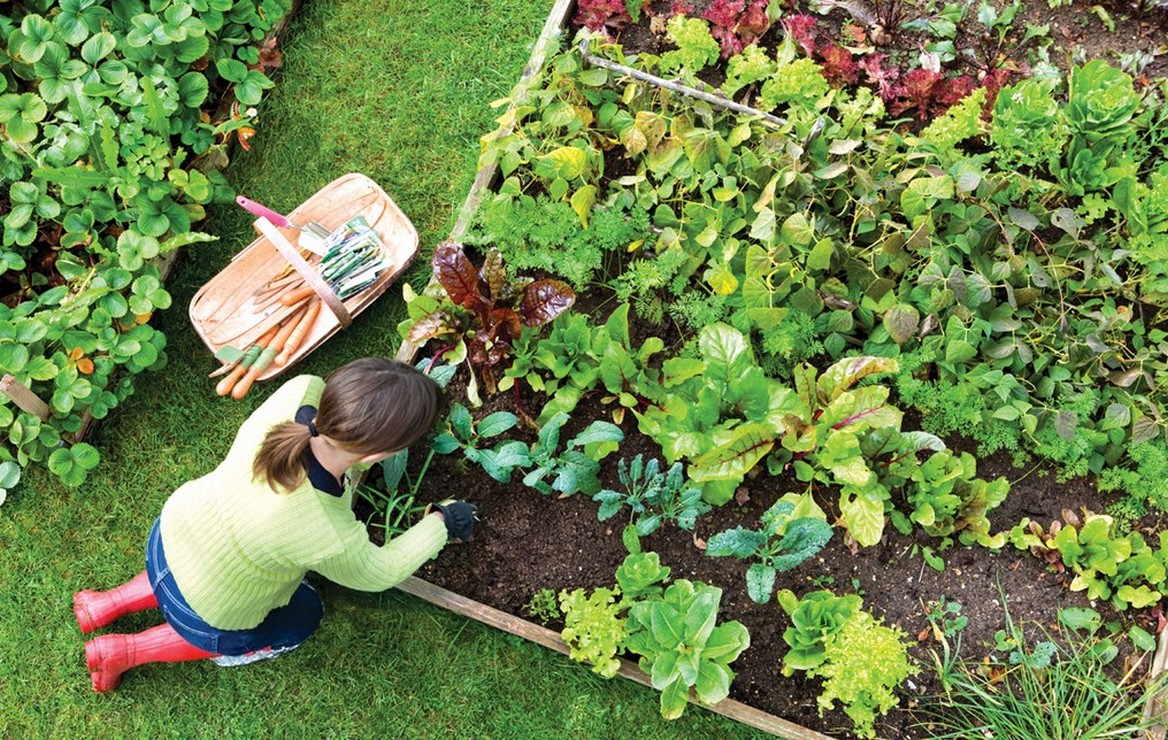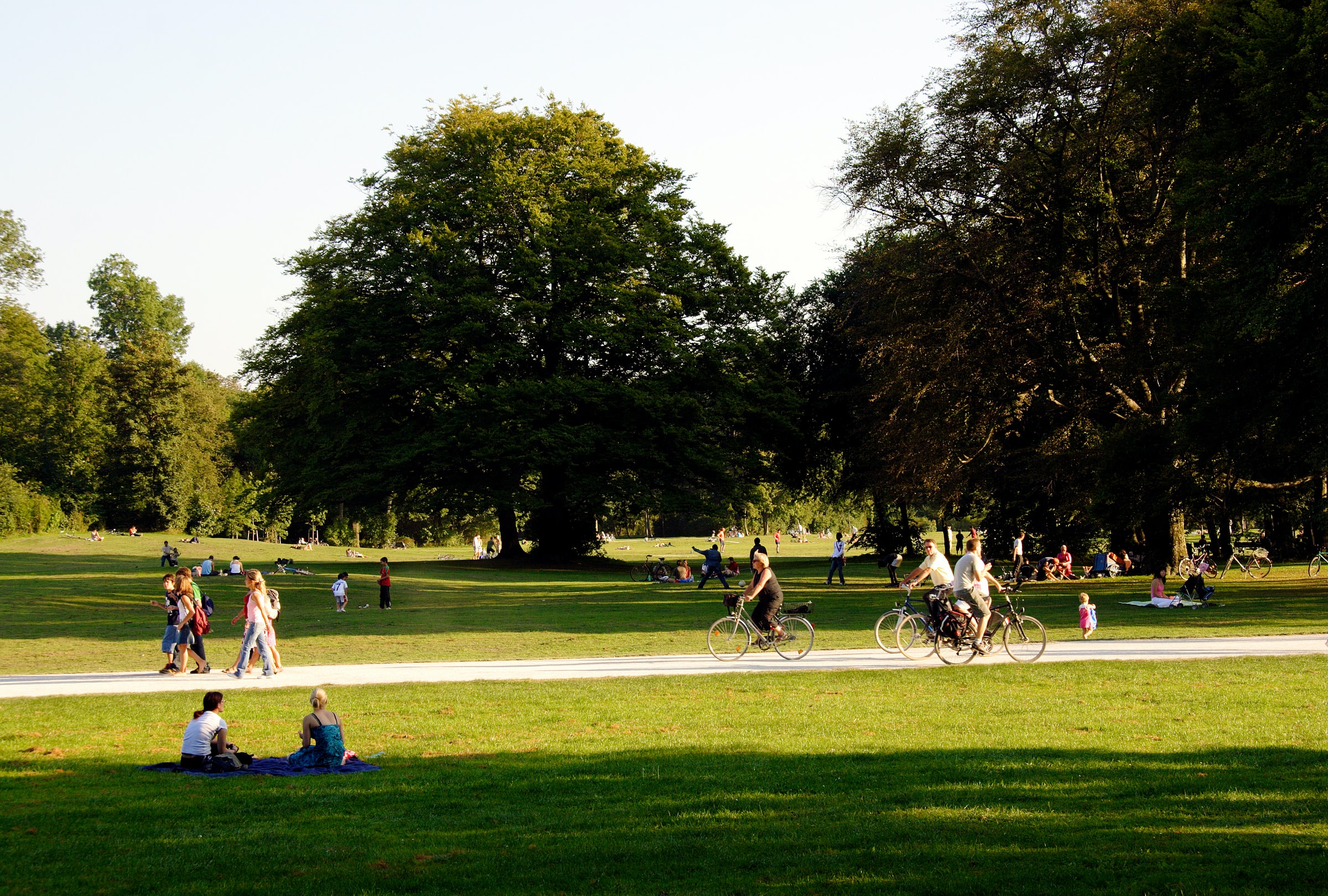Pruning: Why Prune Trees and Plants?
Summary
– Pruning difference between trees and shrubs
– Pruning for healthy plants
– Pruning to contain fast-growing vegetation
– Pruning before carrying out any work near a tree
– Pruning in view of felling a tree
Pruning cannot be improvised: you must know the regulations on pruning, the period, and pruning trees’ techniques.
Pruning is the systematic removal of branches and leaves from trees and plants. It is about the risks, procedures, and effects on:
– the appearance of the tree;
– its phytosanitary state;
– its growth;
– and its integration in the landscape.
Pruning by an arborist can ensure a harmonious development of the tree (most frequent case) or clear the trunk before felling. However, pruning is mainly intended for plants to be preserved to:
– maintain trees natural shape;
– keep the plants healthy;
– preserve the wood quality;
– contain fast-growing plants.
Differentiating between trees and shrubs before pruning
The pruning techniques differ depending on whether it is a shrub or a tree. Therefore, this is the first thing to determine before pruning.
Characteristics of a tree
Trees are woody plants that have specific characteristics:
– They preferentially feed shoots close to the top, clearing a trunk and increasing the tree’s crown; this is called acrotony.
– In the same way, at the level of each branch, the ramifications are longer at its end than at its base. Low branches that are poorly lit and less nourished will eventually dry out and prune naturally.
– A young tree in growth tends to favour the buds of the lower face of the branches. In contrast, the opposite phenomenon occurs in an aging tree or one that has undergone a trauma.
Characteristics of a shrub
Shrubs are also woody plants, but they favour the growth of buds at the base, resulting in a bushy habit; this is called basitony. This is why:
– The maintenance of a shrub then consists of cutting the old branches to promote the breakthrough of new shoots from the base of the trunks or the stump.
– The shrub favours the buds of the upper face of the branches.
Pruning for healthy plants
Pruning to maintain healthy plants consists in:
– cutting off dry or diseased wood;
– cutting branches torn off by the wind, the passage of a machine, work, etc., to obtain a clean cut that can heal properly;
– lighten the branches that are sometimes too large to be supported by rotten, diseased or hollow branches…
Pruning to contain fast-growing vegetation

Pruning can be used to restrict the growth of trees for:
– aesthetic: to harmonize the crown or to give a shape (cloud-like, for example);
– practical: to avoid excessive shading (pool, terrace) or to preserve the view;
– compulsory: according to legal obligations and regulations in your area.
In this case, we also prune the branches and the crown by using tree trimming techniques for soft pruning or architectural pruning.
Note: Pruning refers to the process of removing dead, loose, or sick branches or stems from a plant. Trimming, on the other hand, occurs when overgrown plants are cut back.
Pruning before carrying out any work near a tree
Before carrying out any work near a tree, it is important to cleanly cut branches that could impede movement and, above all, to protect the trunk by covering it with boards, for example (do not nail them directly to the trunk!). Digging ditches near the tree’s crown inevitably induces stress on the tree, which will lose a certain volume of its roots. Remember to:
– cut the big roots with the secateurs in a clean way;
– bring back, when filling the ditch and at the level of the crown of the tree, a good soil enriched with basic fertilizer (notably phosphorus) to stimulate the production of young absorbing roots;
– water it copiously during the year after;
– wait until the branches dry before pruning. The damaged roots feed certain branches, and it is up to the tree to “decide” which branches to condemn. There is no need to inflict further injury on an already stressed tree.
Pruning in view of felling a tree
Exceptionally, it may be necessary to prune before cutting and felling the trees. For large trees, this is called dismantling. Several operations then accompany the dismantling:
– felling;
– delimbing on the ground;
– breaking up;





6 Comments
[…] Pruning: Why Prune Trees and Plants? […]
[…] Pruning: Why Prune Trees and Plants? […]
[…] – Pruning: Why Prune Trees and Plants? […]
[…] – Pruning: Why Prune Trees and Plants? […]
[…] – Pruning: Why Prune Trees and Plants? […]
[…] – Pruning: Why Prune Trees and Plants? […]